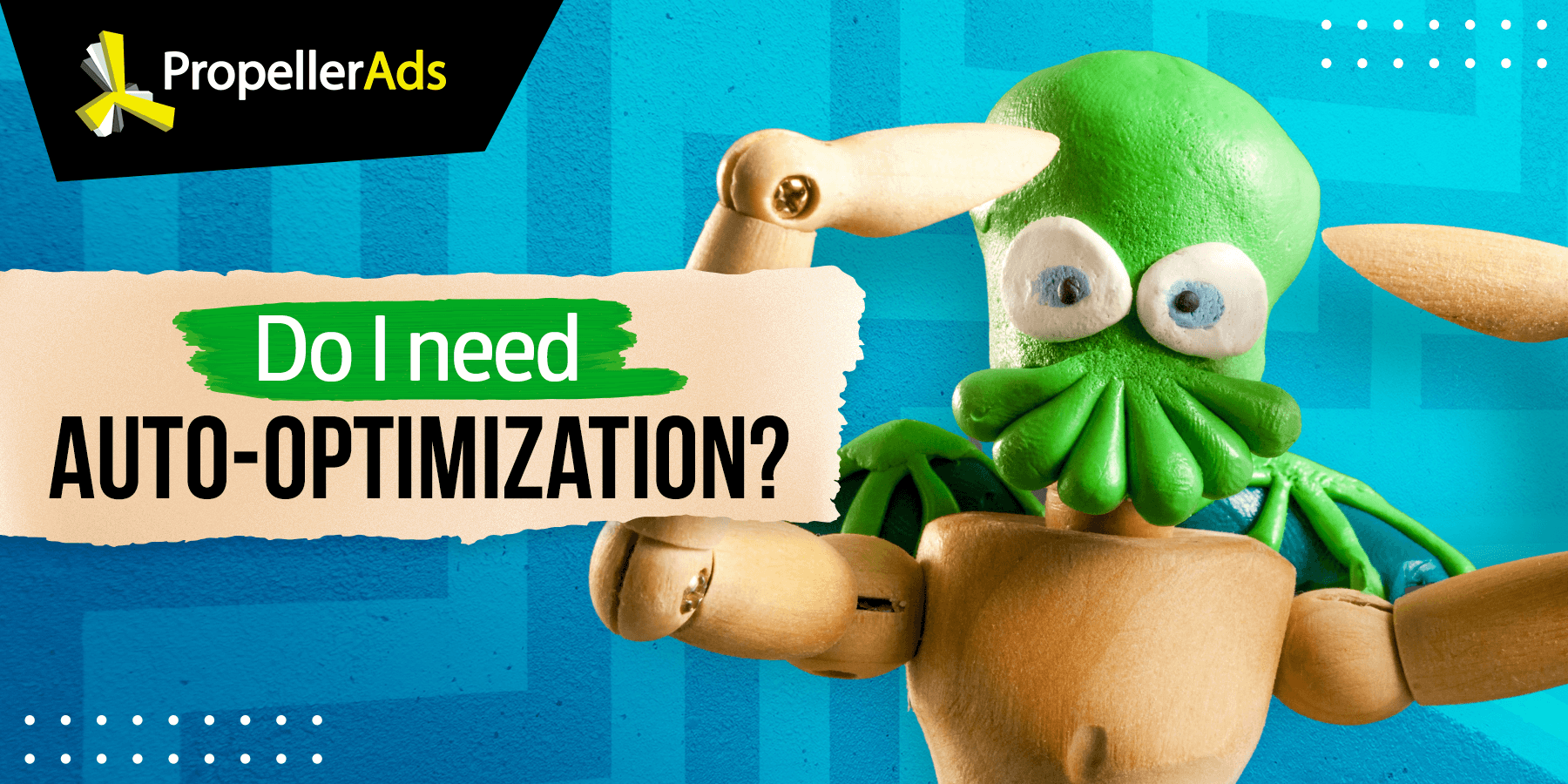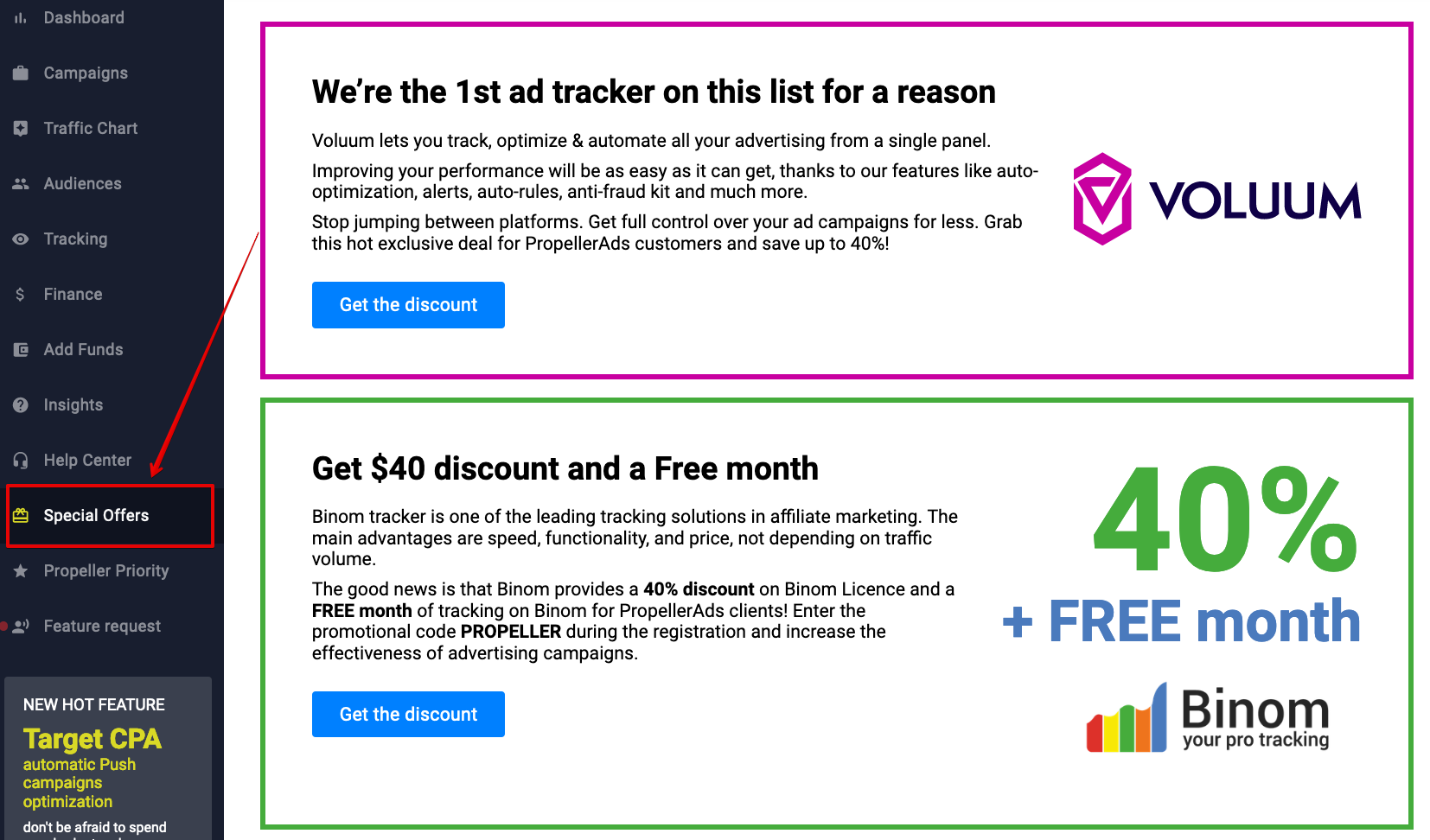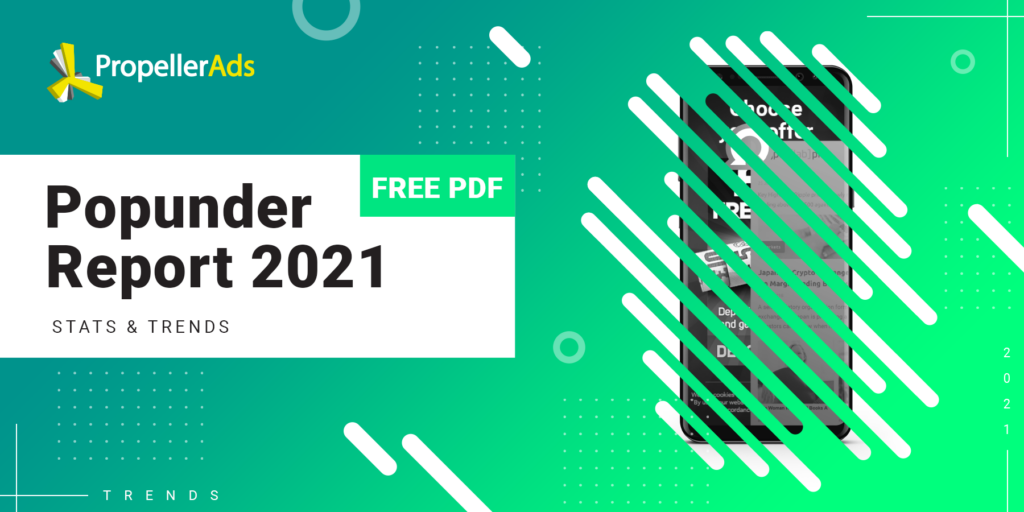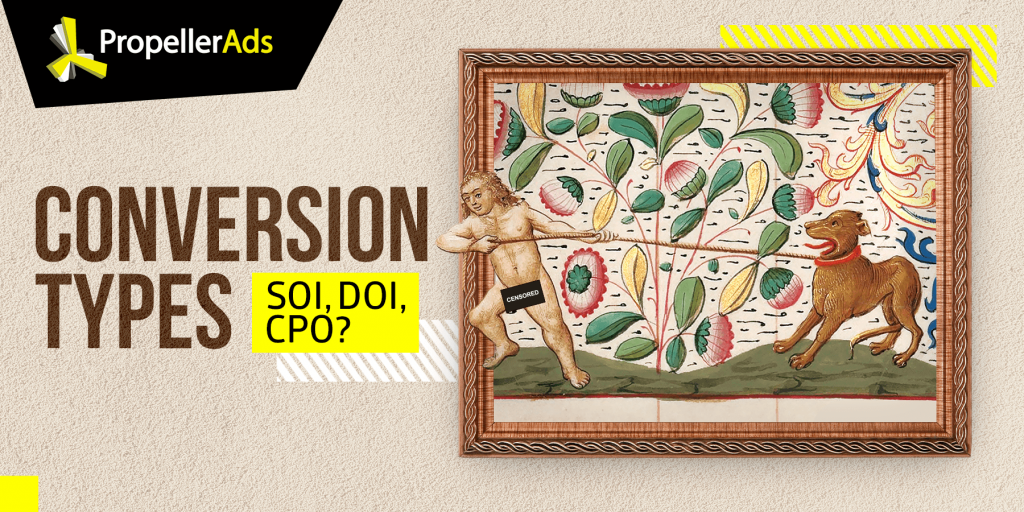Affiliate Myth Buster: Do I Need Auto-Optimization?

Auto-optimization tools are a great example of resources that can exponentially improve the performance of your campaign. That said, many affiliates shy away from auto-optimization because they’re not sure how it works or they’ve been put off by inaccurate horror stories.
At PropellerAds, we’ve poured a significant amount of resources into developing robust auto-optimization features that lighten our affiliates’ workloads and help them build better campaigns.
In this article, we’ll take a look at the benefits of using auto-optimization features and give you tips to help you understand when you leverage these in your campaigns.
Our Auto-Optimization Tools Explained
We’ve rolled out two distinct features that help our members automatically make improvements to their campaigns and reduce the amount of work they have to do.
Our in-house auto-optimization features include:
CPA Goal 2.0
CPA Goal is available for both push notifications and popunder ads. This auto-optimization feature can set bids automatically, drive conversions according to the target price, and exclude underperforming zones in order to boost campaign performance. You can check out this webinar for more information.
Target CPA
Target CPA is available for CPM and CPC campaigns on Push ads and Interstitials, but it takes a more direct approach because it excludes areas that aren’t performing well. You can learn more about this auto-optimization feature here.
What You Need to Know About Auto-Optimization
While the name “auto-optimization” may suggest that all parts of the adjustment process will be taken care of, it’s worth noting that these features are meant to support (rather than replace) your marketing activities.
For auto-optimization to work, you still need to put in a bit of effort. Remember, it’s not a magic potion, so you need to monitor your results and intervene at different points to enhance your results. Additionally, you’ll need to work with a good tracker because the auto-optimization algorithm won’t work unless you’re using a reliable tracking platform. (Otherwise, auto-optimization simply won’t work)

Remember, committing to auto-optimization doesn’t mean that you can’t do manual adjustments as well. In our humble opinion, the best thing may be to find a solid balance between manual adjustments and auto-optimization that saves you a significant amount of time without sacrificing your results.
Auto-Optimization Tools: When to Implement this Feature
Let’s take a look at some of the benefits of deploying auto-optimization as well as scenarios where you should avoid implementing this feature.
| Yes | No |
| You have lots of campaigns and it’s getting really hard to optimize them manually | If you have a complicated conversion flow (expensive conversions) |
| If you’re testing new offers | If you target GEOs producing low-quality conversions |
| You don’t want to pay for not-so-well ad zones | |
| You have a limited budget and you want to stick to it |
It’s Great For…
Some of the main reasons you’ll want to try out auto-optimization include:
Increasing Efficiency and Ease
The auto-optimization algorithm may not be a silver-bullet solution, but it’s like having an extra brain taking care of all the routine jobs that need to be carried out. Our auto-optimization features also work around the clock, so it detects patterns and analyzes data 24 hours a day.
In essence, auto-optimization sets a base for easier manual optimization (if you still want to optimize by hand, of course), as the AI does the basic filtering of the ad zones.
Money-Saving
Rather than waiting until you have the time to optimize your campaigns, CPA Goal and Target CPA stop showing your ads in the zones that aren’t producing money as soon as the pattern is developed. Which, in turn, can save you a significant amount of money.
Better Budget Planning
When you set up auto-optimization, you select a target price for each conversion, which allows you to stay within budget without compromising your results.
As soon as the process of machine learning is finalized and the algorithm is out of testing (aka learning) period, the campaign can run on its own. It adapts to traffic fluctuations and ad zones performance changes. Meaning that from now on, your efforts would be focused mainly on improving creatives rather than trying to manually optimize bids and zones. But the campaign itself requires minimum maintenance.
When You Should be Careful with Auto-Optimization
Although it can play a superb supporting role, there are some scenarios where auto-optimization may not be the best alternative. For example:
Complicated Flows and Similar Scenarios
If you have a complicated conversion flow or you’re promoting an expensive offer, you’ll probably have fewer conversions. In these cases, the auto-optimizer’s learning period will be extended and will cost more.
In this case, it would be more beneficial to run campaigns with Target CPA, rather than with CPA Goal.
GEOs Producing Low-Quality Conversions
If you’re getting a lot of low-quality conversions in one or multiple areas, auto-optimization may not be the best option. The algorithm detects conversion volume rather than quality, so it would only boost traffic from these locations even if the leads are not what you’re looking for.
Want to Find Out More?
All in all, auto-optimization is an awesome feature that, even though it doesn’t work magically, it can still produce outstanding results if used properly.
Do you run auto-optimized campaigns? Share your thoughts in the comment section below or in our Telegram chat!


